SEO, or Search Engine Optimization, is a digital marketing strategy aimed at enhancing the visibility and ranking of a website or webpage in search engine results. The primary goal of SEO is to optimize various elements on a website to align with the algorithms used by search engines, such as Google, Bing, and Yahoo. SEO Tactics for Google Rankings involves improving the relevance and quality of the website’s content, ensuring a positive user experience, and implementing technical elements that make the site more accessible to search engine crawlers.
Get A Free Estimate on Website DesignOn Page & Off-Page Mastery
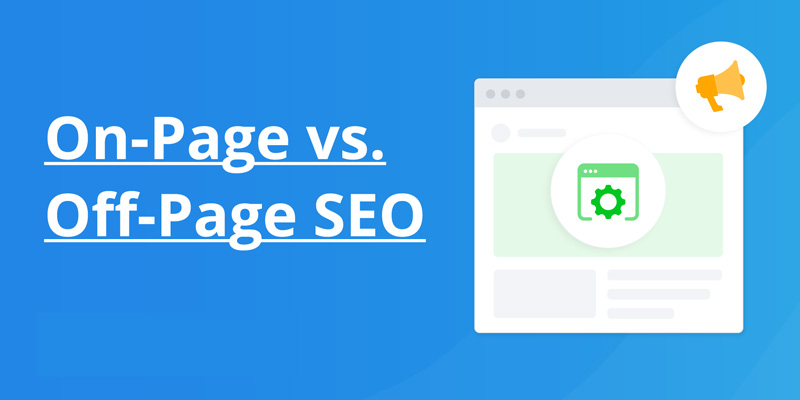
In the digital landscape, SEO, or Search Engine Optimization, operates through two main channels: On-Page SEO and Off-Page SEO, each playing a crucial role in determining a website’s success.
On-Page SEO
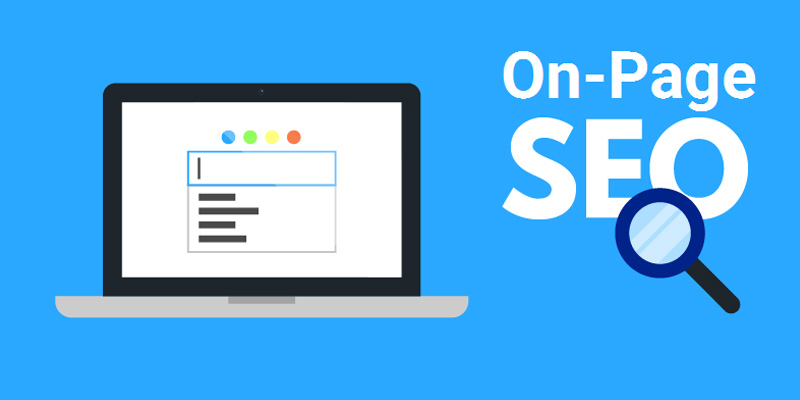
On-Page SEO primarily involves optimizing the various elements within your website itself. This includes incorporating relevant keywords into your content, creating clear and concise title tags, ensuring swift page loading times, and organizing your content with proper header tags. Essentially, On-Page SEO is like fine-tuning your website to be both user-friendly and easily understandable by search engines.
Off-Page SEO
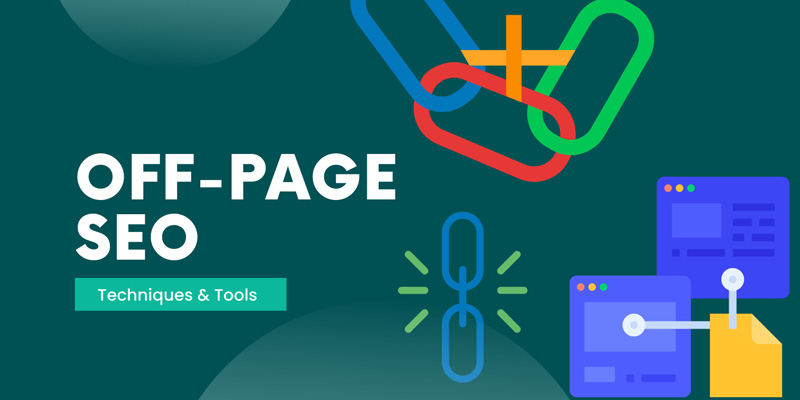
Off-Page SEO, on the other hand, revolves around activities beyond your website that still impact its search engine rankings. The key focus here is on building a reputable image for your site across the internet. This involves acquiring high-quality backlinks from other trustworthy websites, engaging in social media strategies, and participating in online communities.
Get A Free Estimate on Website DesignA Step-by-Step Approach to On-Page Success

On-Page SEO, refers to the practice of optimizing individual web pages to improve their search engine rankings and attract more relevant traffic. This optimization involves various factors directly within the website, focusing on elements such as content, HTML source code, and the overall structure of the page. Key aspects of On-Page SEO include incorporating relevant keywords naturally into the content, optimizing meta tags, enhancing the website’s user experience, and ensuring proper HTML markup.
1. Keyword Optimization
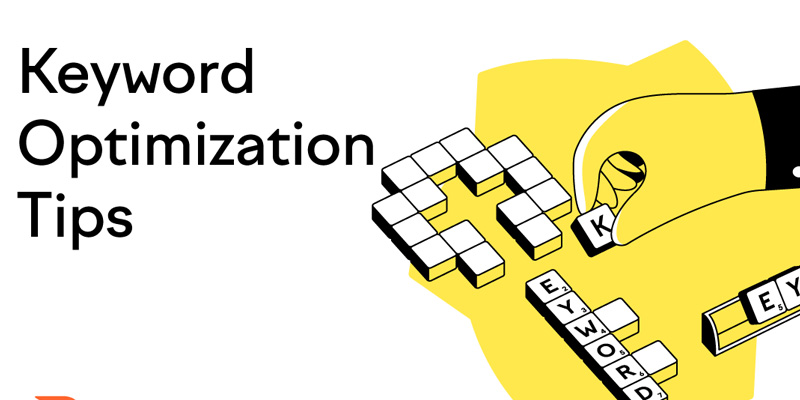
Keyword optimization is a fundamental aspect of SEO, involving the strategic incorporation of relevant keywords into website content to enhance search engine visibility. This practice helps search engines understand the context of a page, aligning it with user queries. .
2. Title Tags
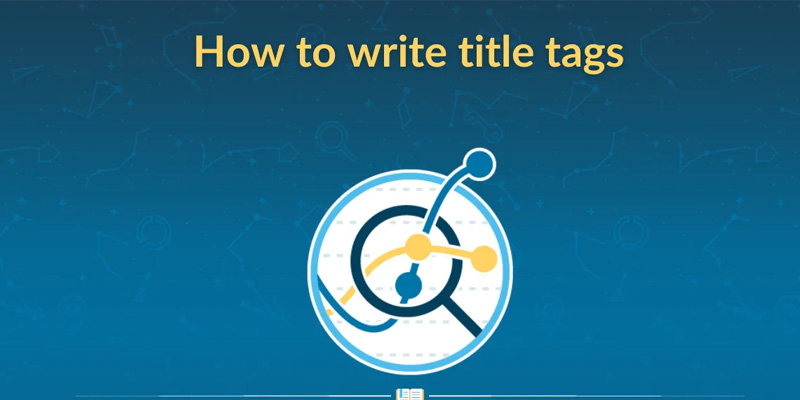
Title tags are HTML elements that define the title of a webpage and appear in search engine results as clickable headlines. Crafting compelling title tags is crucial for SEO, as they provide a concise and accurate description of the page’s content, influencing click-through rates.
3. Meta Descriptions
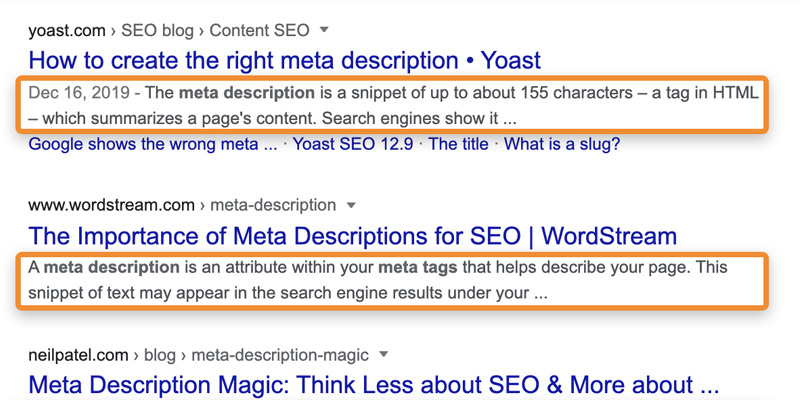
Meta descriptions are brief summaries that provide a concise overview of a webpage’s content and purpose. Found beneath the title tag in search engine results, well-crafted meta descriptions not only inform users but also influence click-through rates. Optimized meta descriptions include relevant keywords and entice users with compelling information, encouraging them to visit the page.
4. Header Tags
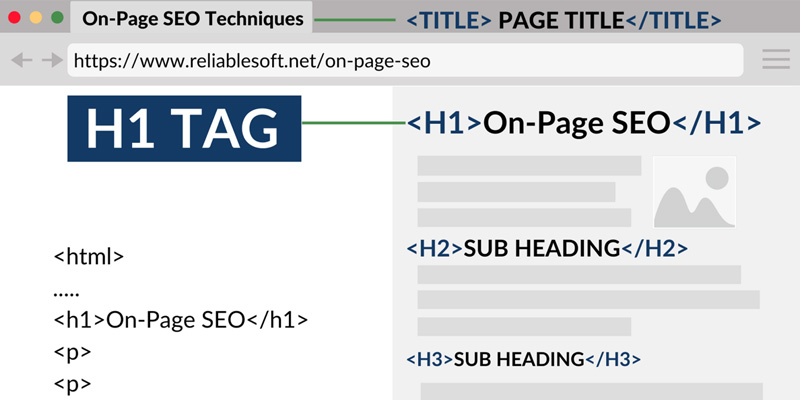
Header tags, such as H1, H2, and H3, are HTML elements used to structure and organize content on a webpage. H1 tags typically represent the main heading, while subsequent tags denote subheadings. Proper use of header tags not only enhances readability for users but also helps search engines understand the hierarchical structure and importance of content on the page, contributing to SEO.
5. URL Structure
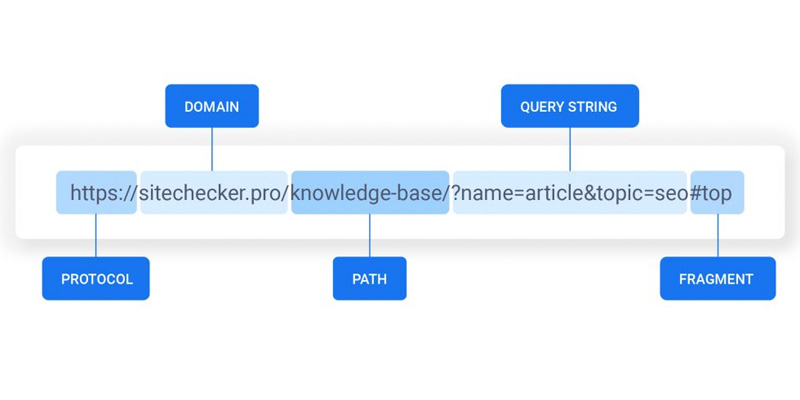
A well-structured URL is a crucial element of on-page SEO, contributing to both user experience and search engine visibility. Clear, concise URLs that include relevant keywords provide users and search engines with valuable information about the page’s content. Optimizing URL structure makes navigation easier and positively influences a website’s overall SEO performance.
6. Content Quality

High-quality content is the backbone of effective SEO, engaging and informing users while satisfying search engine algorithms. Valuable, well-written content not only attracts and retains visitors but also establishes credibility and authority, positively impacting search rankings.
7. Mobile Optimization

Mobile optimization involves designing and structuring a website to ensure seamless functionality and an excellent user experience on mobile devices. With the increasing prevalence of mobile browsing, optimizing for smaller screens and touch interactions is crucial for SEO success.
8. Page Speed
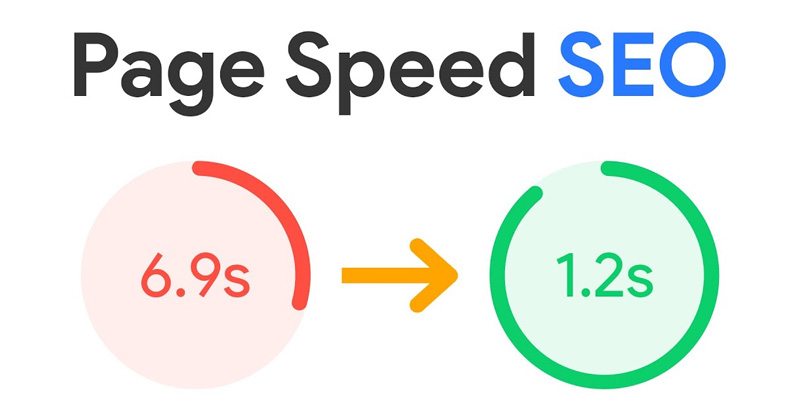
Page speed is a critical factor in user experience and SEO, referring to the time it takes for a webpage to load. Faster-loading pages not only enhance user satisfaction but also contribute to higher search engine rankings. Optimizing page speed involves techniques such as image compression, browser caching, and efficient code to create a swift and responsive website.
9. Image Optimization

Image optimization involves compressing images to reduce file size and improve webpage loading times. Adding descriptive alt text to images not only enhances accessibility but also provides valuable information to search engines, contributing to SEO. Optimized images play a crucial role in creating a visually appealing and efficient website that positively impacts both user experience and search engine rankings.
10. Internal Linking
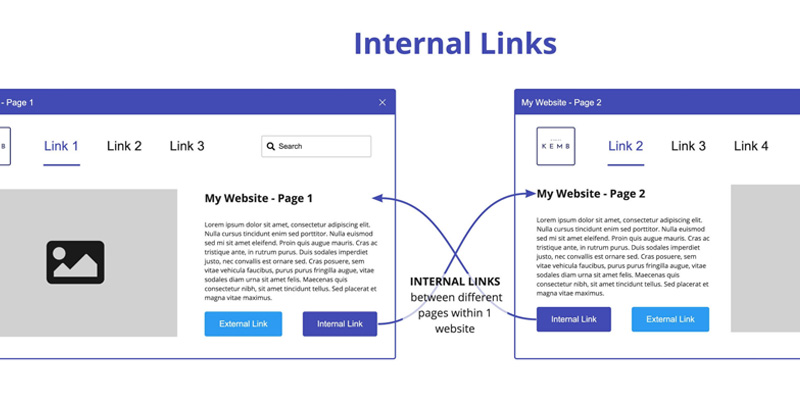
Internal linking is a strategic practice of connecting different pages within a website through hyperlinks. This not only aids in navigation but also distributes link equity throughout the site, enhancing SEO. By establishing logical connections between related content, internal linking improves user experience and signals to search engines the hierarchical structure and relevance of different pages on the website.
11. External Linking
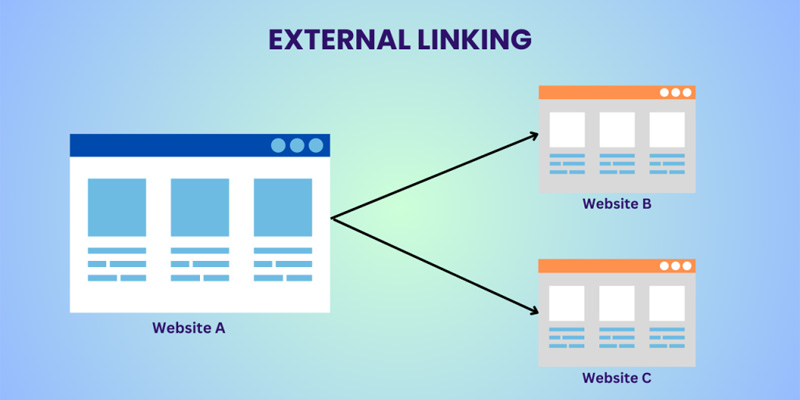
External linking involves connecting your website’s content to other reputable and relevant websites on the internet. By providing outbound links, you offer additional resources and references to your audience, enhancing the overall value of your content. This practice not only fosters credibility and authority but also contributes to a more interconnected web ecosystem.
12. Social Media Integration

Social media integration involves connecting your website with various social platforms like Facebook, Twitter, and Instagram. This allows visitors to easily share your content on their social accounts, expanding its reach. By adding social media buttons and feeds to your site, you enhance engagement and encourage interaction with your audience.
13. Website Visibility with Schema Markup
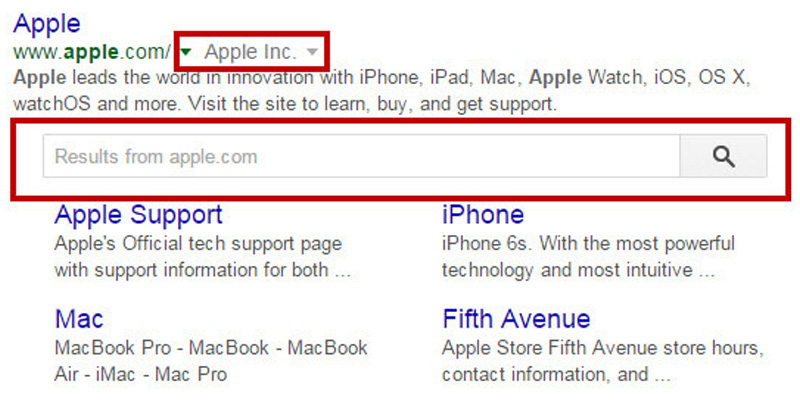
Schema Markup, a structured data vocabulary, acts as a language that search engines understand, providing richer and more informative search results. By incorporating Schema Markup on your website, you enable search engines to better comprehend your content, leading to enhanced snippets in search results. This not only improves the visibility of your pages but also provides users with more context about your content. Validate your Schema Markup using tools link is https://validator.schema.org/
14. Twitter Cards
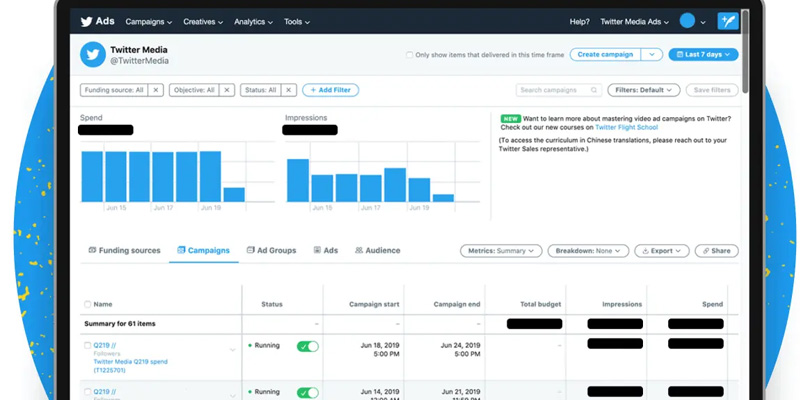
Twitter Cards are a feature that allows you to attach rich media, such as images, videos, and other content, to your tweets.You can learn more about Twitter Cards and how to implement them on your website by visiting the official Twitter developer documentation https://rb.gy/62zqkx. This resource provides detailed information about the different card types, the required meta tags, and guidelines for creating compelling content that resonates well on the Twitter platform.
15. Open Graph
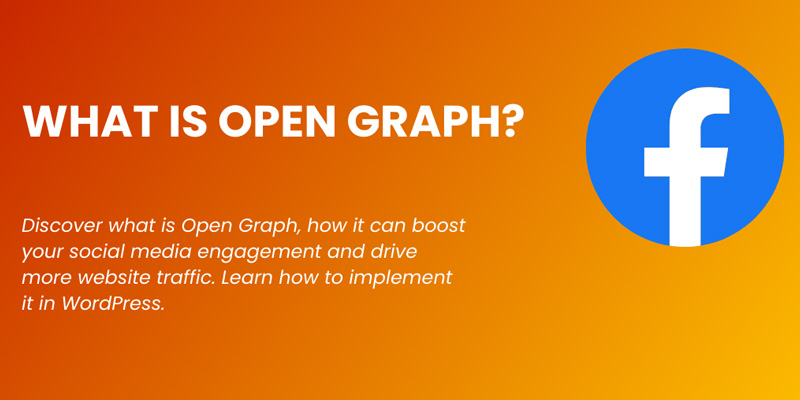
Open Graph is a protocol that enables web pages to become rich objects in a social graph. Developed by Facebook, it allows websites to control how their content appears when shared on social media platforms. For debugging and optimizing Open Graph implementation, you can use https://developers.facebook.com/tools/debug/. This tool helps you preview how your content will appear when shared and troubleshoots any issues with your Open Graph tags.
16. XML Sitemaps
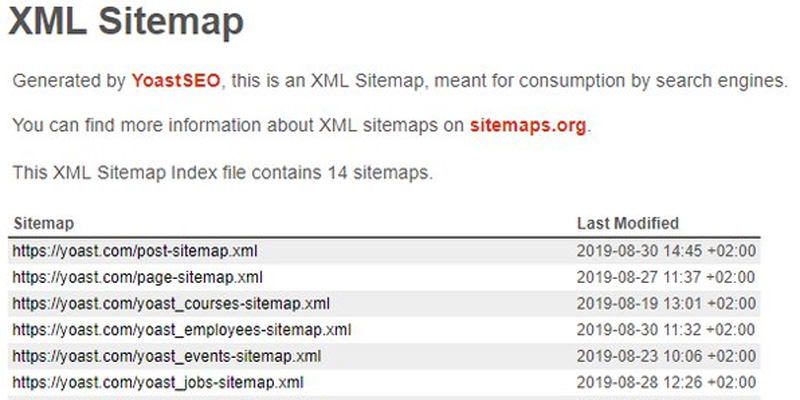
XML Sitemaps serve as a roadmap for search engines, guiding them through the pages and content of your website. By providing a structured list of URLs, along with additional metadata, XML Sitemaps help search engines efficiently crawl and index your site. This contributes to better visibility and ensures that search engines understand the hierarchy and importance of different pages. To submit and monitor your XML Sitemap’s performance, you can use Google Search Console, accessible at http://www.google.com/webmasters/tools/.
17. Google Analytics
Google Analytics is a powerful web analytics service that empowers website owners to understand their online audience better. By tracking and analyzing user behavior, traffic sources, and engagement metrics, Google Analytics provides valuable insights into how visitors interact with a website.
18. Google Search Console
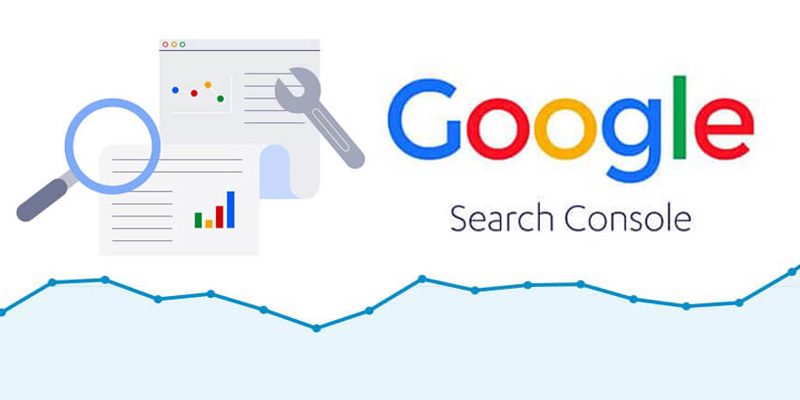
Google Search Console is a comprehensive tool offered by Google that provides valuable insights into how your website appears in search results. It offers data on search performance, indexing status, and potential issues affecting your site’s visibility. Webmasters and SEO professionals use Google Search Console to submit sitemaps, identify crawl errors, and gain a deeper understanding of how Google’s search algorithms perceive their websites.
19. Robots.txt

Robots.txt is a crucial tool that webmasters use to communicate with search engine crawlers, guiding them on how to interact with a website. This plain text file, located at the root of a website, provides instructions on which areas should be crawled and indexed and which should be excluded.For a comprehensive understanding of creating effective robots.txt files, explore the official documentation at http://www.robotstxt.org/orig.html.
20. Favicon
A favicon is a tiny icon linked to a website, webpage, or web app. You can see it in browser tabs and the bookmarks bar. Favicons make it simpler for users to recognize websites, web pages, and web apps in tabs, bookmarks, shortcuts, and address bars. They add a visual element to make it easier for people to identify and remember their favorite sites..
Get A Free Estimate on Website DesignOn-Page SEO Checklists for Website Optimization
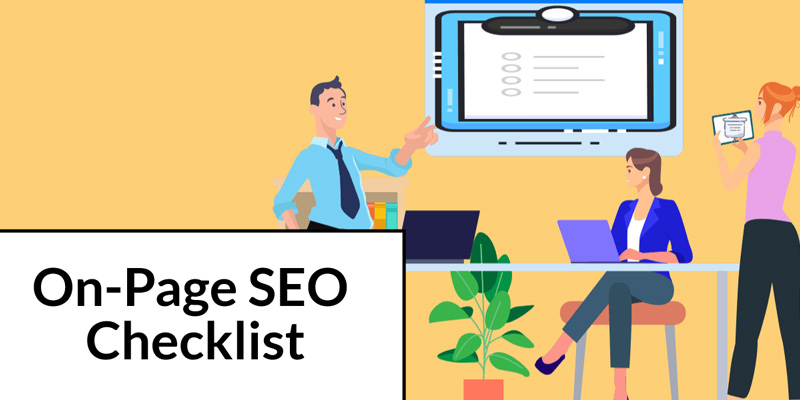
Effectively optimizing your website for search engines requires meticulous attention to on-page SEO elements. On-Page SEO checklists serve as comprehensive guides, ensuring that critical factors such as keyword placement, content quality, meta tags, and internal linking are thoroughly examined and optimized.
Moz
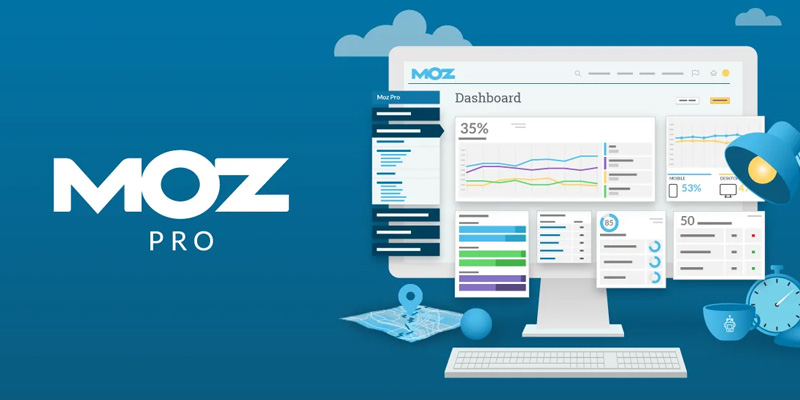
Moz On-Page Grader provides a detailed analysis of on-page elements, offering insights into keyword usage, content optimization, and suggestions for improvement. Check on-page SEO. https://moz.com/tools/onpage-grader
Google PageSpeed Insights
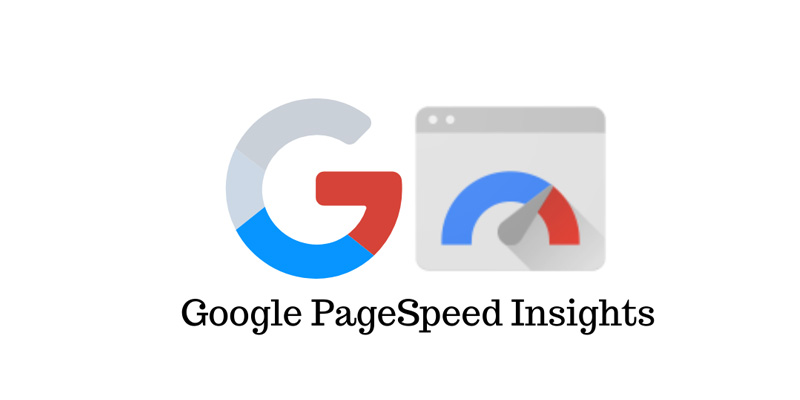
Google PageSpeed Insights evaluates your website’s speed and provides recommendations for optimizing on-page elements that impact loading times. Check on-page SEO here. https://gtmetrix.com/
Woorank
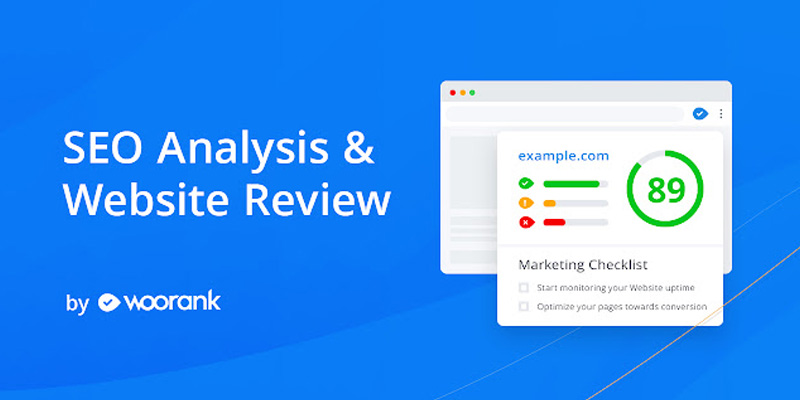
Woorank offers a comprehensive website analysis, including on-page SEO checks. It provides a detailed report on factors like meta descriptions, header tags, and mobile optimization, helping users understand how well their websites are optimized for search engines. Check on-page SEO here. https://www.woorank.com/en
Get A Free Estimate on Website DesignA Guide to On-Page SEO Excellence and Beyond
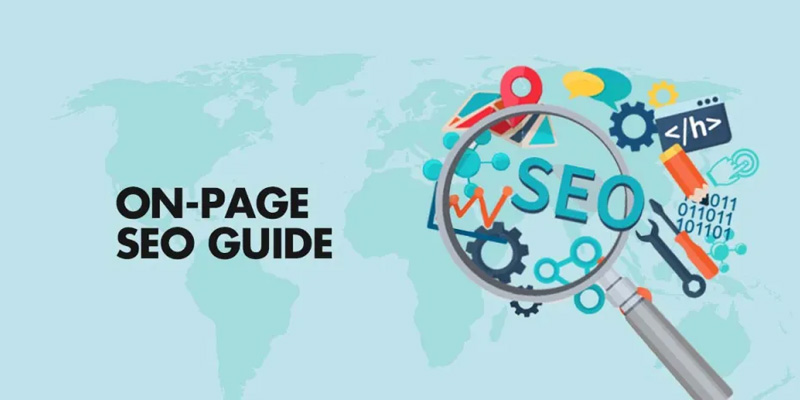
Embark on a journey towards digital success with our comprehensive guide to on-page SEO. Beyond the basics, this guide delves into the intricacies of optimizing your website for search engines, offering insights into keyword strategies, content refinement, and structural enhancements.
Using Yoast SEO
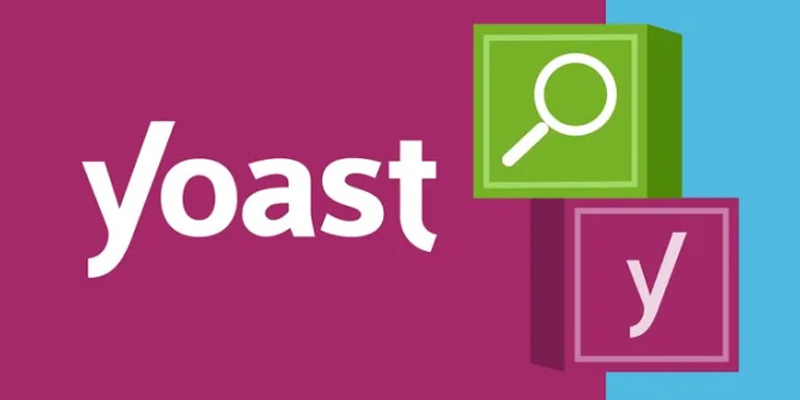
Yoast SEO is like a digital assistant for your website. It helps you make your content more attractive to search engines. With Yoast, you can easily add important details like keywords, meta descriptions, and titles to each page, improving your chances of showing up in search results. Dive deeper into the real-time content analysis feature of Yoast SEO here https://yoast.com/research/real-time-content-analysis/
Utilizing Schema Plugin
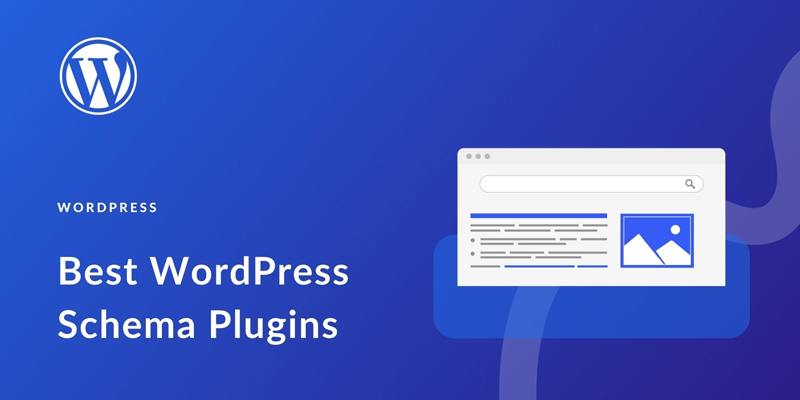
Think of the Schema plugin as a translator that helps search engines understand your content better. It adds special tags to your website, making it easier for search engines to recognize key information like reviews, events, or products. This can enhance how your site appears in search results. Explore and download it here https://wordpress.org/plugins/schema/
Optimizing with WP Rocket Plugin
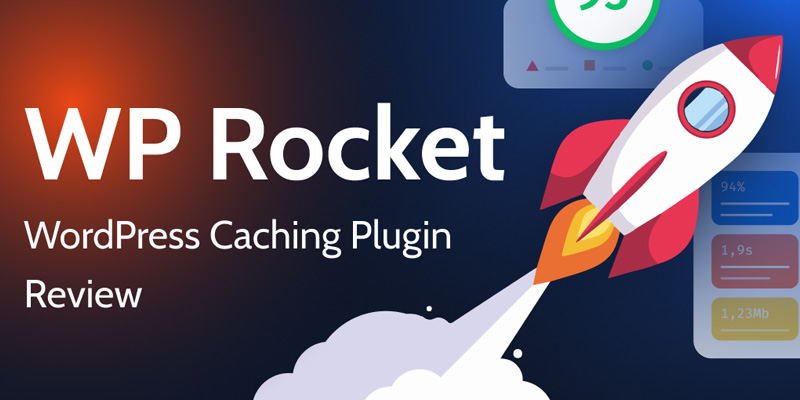
The WP Rocket plugin is like a speed booster for your website. It helps your pages load faster by optimizing various elements behind the scenes. This not only improves the user experience but also makes search engines happier, as they tend to favor faster websites in their rankings. Feature of WP Rocket Plugin here https://wp-rocket.me/
Get A Free Estimate on Website DesignEffectively Implementing On-Page SEO Techniques
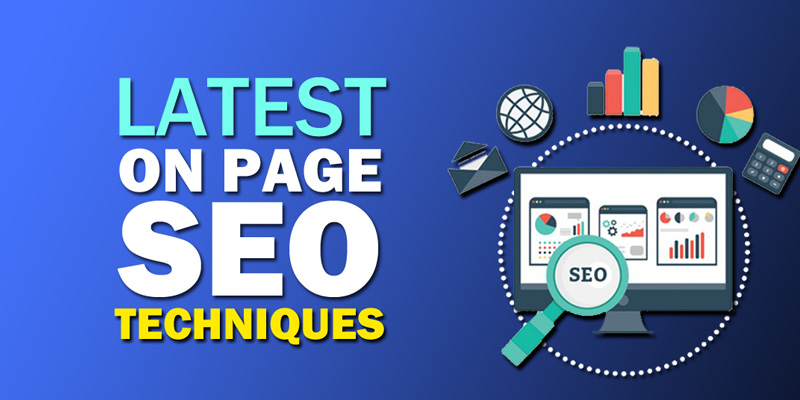
Executing On-Page SEO techniques is pivotal for enhancing your website’s visibility and relevance to search engines. Start with comprehensive keyword research to identify the terms most relevant to your content. Integrate these keywords strategically into your content, title tags, and meta descriptions.
Key Considerations
To effectively implement On-Page SEO, focus on creating a cohesive strategy that aligns with both user expectations and search engine requirements. Regularly update and optimize your content, keeping it fresh and relevant. Monitor your website’s performance using analytics tools to track user behavior and adjust your strategy accordingly.
Get A Free Estimate on Website DesignStrategies for Effective SEO
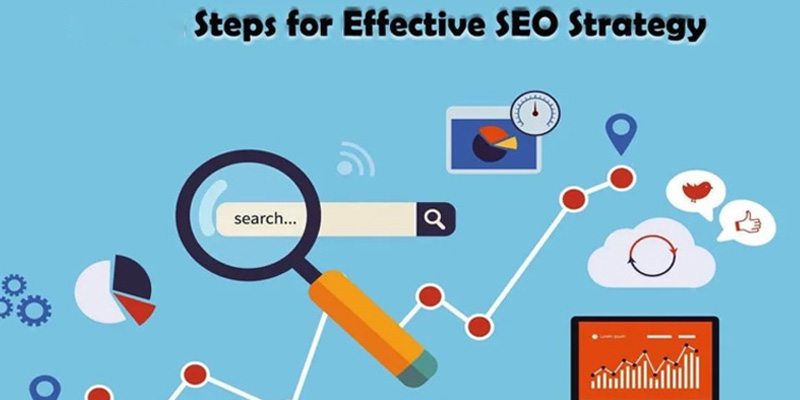
Effective SEO, or Search Engine Optimization, is the cornerstone of online success in the digital era. It’s not just about getting more visitors to your website; it’s about attracting the right audience and providing them with valuable content. Keyword optimization lies at the heart of this strategy, ensuring that your website aligns with what users are searching for.
In addition to keywords, content quality plays a pivotal role. Creating informative, engaging, and user-friendly content not only satisfies visitors but also signals to search engines that your site deserves a higher rank. Technical aspects, such as optimizing page speed, mobile responsiveness, and a well-structured website, contribute to a seamless user experience. Effective SEO is an ongoing process that combines these elements to enhance visibility, drive organic traffic, and ultimately achieve your online goals.
- Effective SEO is the foundation of online success, prioritizing the attraction of the right audience over sheer visitor quantity.
- Keyword optimization and high-quality content are pivotal, signaling to search engines that your website aligns with user needs and deserves a higher ranking.
SEO Expertise: Learn with Our Software House

Embark on a journey to unravel the complexities of SEO through our comprehensive course at our esteemed software house. Our program is meticulously designed to cover every facet of SEO, guiding you from the fundamentals to advanced strategies. Dive into the world of keyword optimization, understand the nuances of content strategy, and explore the tools and techniques that drive SEO success.
Internship Opportunities

At our software house, we go beyond theory. After completing our SEO course, dive into the industry with our internship program. Gain practical experience, refine your skills, and make meaningful contributions to real projects. Elevate your understanding of SEO through hands-on practice, setting the stage for a successful career in the digital landscape.


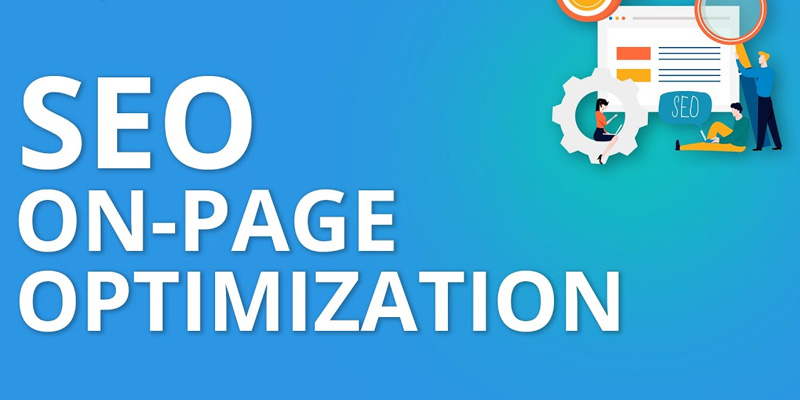

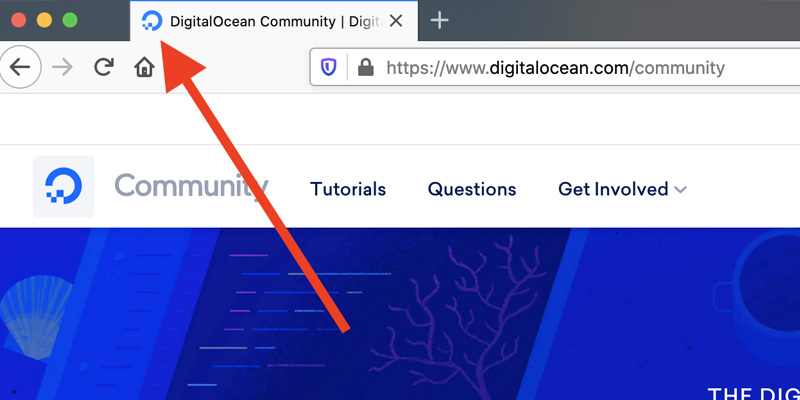




Leave a Reply